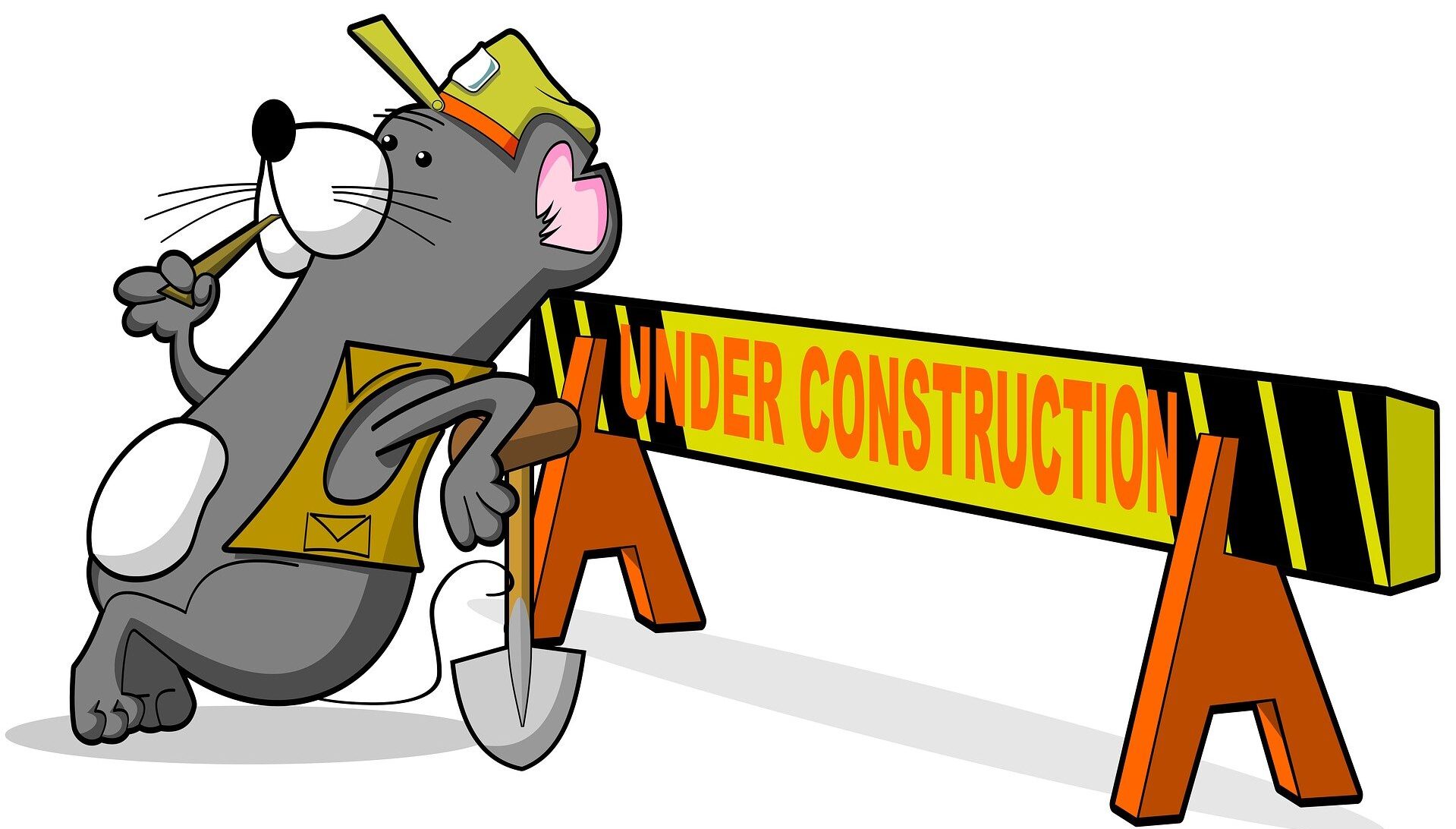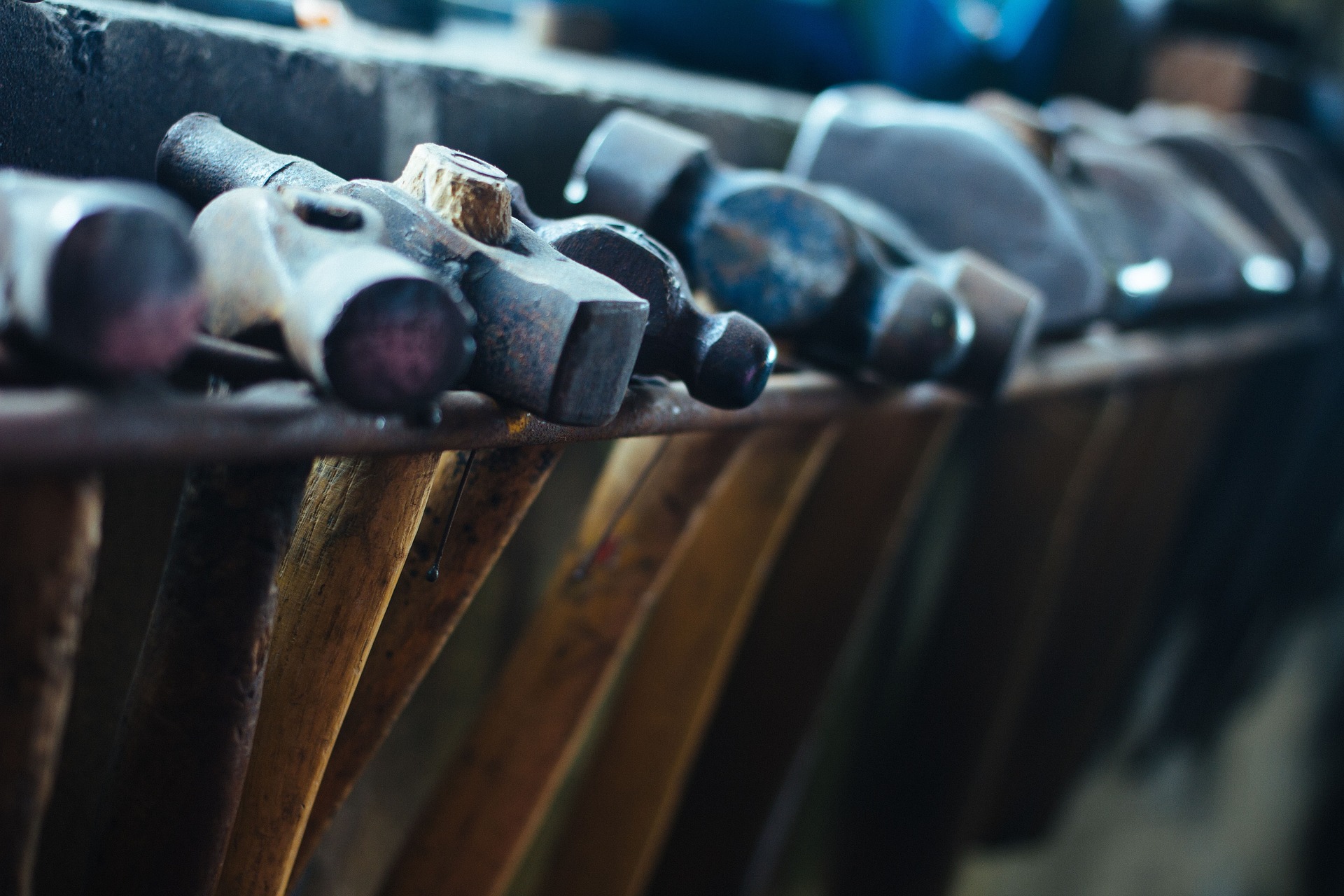
Hammer shopping isn’t just about picking the first one you see. There’s a whole universe of hammers, each suited for specific tasks. It’s like picking a superhero for a mission; you need the right power and skill set to get the job done efficiently.
First off, claw hammers are pretty much the all-rounder. They’ve got a double whammy – one side for pounding nails into wood and the other for yanking them out. Perfect for most household tasks. But watch out, they come in different weights, so you’ll need to find one that you can comfortably handle.
Next up, sledgehammers. These bad boys are all about brute force, perfect for demolition work. They’re heavier and usually have a longer handle, letting you swing with maximum power. Just make sure you’ve got the muscle for it, or you might end up with some sore arms!
Ball-peen hammers are the unsung heroes in metalworking. Unlike claw hammers, they have a rounded end, ideal for shaping metal and setting rivets. They’re often found in the toolkits of machinists and metalworkers.
Don’t forget about mallets. Wooden or rubber-headed, mallets are great when you need some force but don’t want to risk damaging the surface. Think of them as gentle giants compared to the metal-headed hammers.
Tack hammers and upholstery hammers are your go-to tools for detail work, especially when dealing with delicate materials or small nails. Precision is the name of the game here.
Pros and cons matter too. Claw hammers are versatile but can be bulky for tight spaces. Sledgehammers pack a punch but require strength and a bit of practice to handle safely. Ball-peens are fantastic for metal but not much else. Mallets are gentle but lack the weight for heavy-duty jobs.
Expert tip: Always match your hammer to the job. It’s better to have the right tool at your disposal than to struggle with the wrong one. Use a claw hammer for basic fixes, a sledgehammer for demolition, and a ball-peen for metal tasks. Being prepared makes all the difference.
Now you’re not just some random bystander in the hammer aisle. You’ve got the knowledge to pick out exactly what you need. So go ahead, flex those new hammer-picking muscles, and get the job done right!
What to Consider When Choosing a Hammer
A hammer isn’t just a hammer; there’s so much more to it. When you’re picking one out, consider material and build quality first. You want something durable. Wooden handles have a nice feel but can break; fiberglass offers good shock absorption, while steel is strong but heavy. Pick what suits your grip and the work ahead.
Next, ergonomics come into play. A hammer should feel comfortable in your hand, almost like an extension of your arm. Look for handles that are cushioned or contoured. If you’re planning long hours on the job, this is your wrist’s best friend.
Weight and balance are crucial. Some folks prefer a lightweight hammer for better control, while others go for a heftier one for added power. Balance is key; the hammer shouldn’t feel lopsided. Take a few practice swings in the store to see how it feels.
Safety features can be a deal-breaker. Look for anti-vibration technology or a non-slip grip. These might seem like minor details, but they can make a world of difference, especially when you’re hammering away for extended periods.
Here’s some top advice from the pros: Stick with reputable brands. Companies like Estwing, DeWalt, and Stanley have built their names on quality and reliability. Going for a well-known brand often means fewer worries about build quality and durability. Plus, they usually come with decent warranties.
One more thing: Don’t forget about your specific needs. If you’re hanging pictures, a lightweight hammer with a smooth face might be all you need. Building a deck? You’ll want something beefier and maybe even a framing hammer with a milled face to grip the nails better.
In a nutshell, the right hammer combines comfort, safety, and specific features suited to your tasks. Take your time choosing and test a few out if you can. This small investment in time pays off big when you’re on the job.
Answering Key Questions for Hammer Buyers
Nailing the right hammer can be a bit tricky. So let’s hash out those burning questions you’ve got. First up, how do you figure out the right hammer weight? Simple answer: it depends on what you’re doing. General household tasks? Go for a 16-ounce hammer. Heavy-duty work like framing? Step it up to 20-24 ounces. For precision tasks, consider something lighter, around 12 ounces.
What’s the scoop on wooden, fiberglass, and steel handles? Well, wooden handles give you that classic feel and are great at absorbing shock. Fiberglass is more durable and resistant to weather changes. Steel handles are nearly indestructible but can be tough on the hands. Consider your typical work environment and personal comfort when deciding.
Balance is more important than most folks realize. An off-balance hammer can strain your wrist and reduce your control. So when you’re picking one out, take a few practice swings. The head should ‘flow’ with your movements. If it feels awkward or wobbly, keep shopping.
How do you ensure the longevity of your hammer? Maintenance is key. Keep the head clean and free of rust. If it’s got a wooden handle, give it a light sanding and apply linseed oil occasionally. For fiberglass and steel handles, just a regular wipe down will do. Store it in a dry place to avoid any moisture-related issues.
Brands matter more than you might think. Companies with solid reputations like Estwing, Stanley, and DeWalt offer quality and reliability. Investing in a good brand usually means fewer headaches in the long run. Their products are tested for durability and often come with warranties.
There you have it: answers to the common queries that can make or break your hammer experience. Armed with this info, you’ll know what to look for and what to avoid. Happy hammering!
Expert Tips and Maintenance Advice
Mastering the art of hammering involves more than just picking the right tool; it’s also about how you use and maintain it. Good techniques improve your work and extend the life of your hammer.
Start with proper usage. Always grip the handle near the end for maximum leverage and control. Swing with your elbow and wrist, not just your arm. This method gives you better accuracy and reduces strain.
Routine maintenance keeps your hammer in top shape. For wooden handles, a light sanding and some linseed oil work wonders. Fiberglass and steel handles require a simple clean with a damp cloth. For the hammerhead, keep it rust-free and sharp if it’s a specialty hammer like a chisel hammer.
Common mistakes can make your hammer age faster or become less effective. Avoid using a hammer for tasks it wasn’t designed for. Never use a claw hammer for metalworking or a sledgehammer for delicate tasks. This can damage both the hammer and the materials you’re working on.
Storing your hammer properly prevents unnecessary wear and tear. Keep it in a dry place to avoid moisture damage. If you’ve got a tool rack or a toolbox, use it. Tossing it in a damp corner of your garage is a fast track to rust and damage.
Knowing when your hammer has reached its end helps maintain safety and efficiency. If the handle is cracked or the head is loose, it’s time to replace it. Your safety comes first; never use a compromised tool.
By following these tips, you’ll not only protect your investment but also ensure that every hammer strike is as effective as possible. It’s like having a trusted friend by your side, ready to tackle any job.

